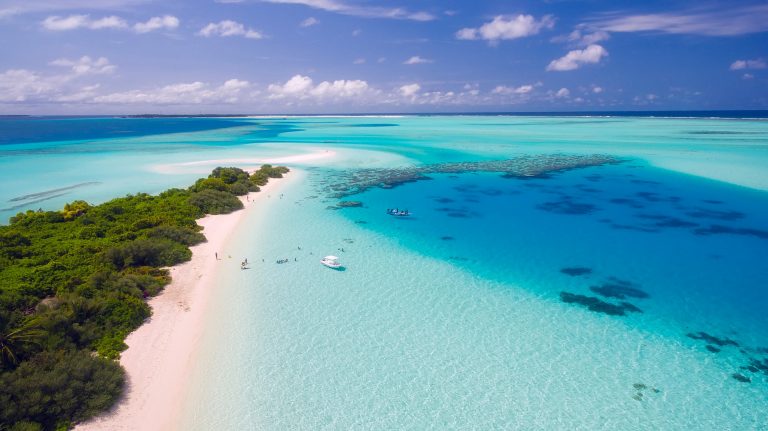
There has been much talk in the past years about climate change. However, still many people have not realized how the consequences of this phenomenon are influencing our lives. More specifically, climate change has a great impact on many parts of the world.
In addition to this, some of these affected places are popular holiday destinations. For starters, there has been already negative consequences on the climate and even the landscape of these touristic spots. This, inevitably, affects tourists’ choice as well.
Tourism plays a very important role in the economy of most states.
Therefore, it is important to take into account factors that may reduce its revenues. Here is how climate change has already transformed many holiday destinations.
Temperature Shifts
One obvious consequence of climate change is that it has made some locations too hot to visit for relaxing holidays. For this reason, some countries such as the United Arab Emirates, mainland Egypt, Turkey, and Jordan are always to be avoided in summer, as temperatures can easily exceed 45 degrees Celsius. At the very least, such kind of locations are now visited during different periods of the year. In many cases, the high season has moved from the summer period to the autumn or spring period.
Climate Change and Natural Disasters
Climate change has also more catastrophic consequences, such as increasing the severity and the frequency of hurricanes – in the USA for example. Beyond the fact that these events make the affected locations less attractive for travelers, they destroy infrastructure, homes, and businesses of the people who live there.
States with colder climate are increasingly affected by floodings which damage roads, railways, and property. Moreover, snow and ice melting is the cause of the shortening of ski seasons.
Among the best-known locations affected by climate change, there is the charming Venice which, unfortunately, has been sinking for some time now. The situation looks much grimmer than in previous years. At this rate experts expect it to become inaccessible by 2050.
The general temperature rise and the reduced number of rains in all Europe are making some territories such as the Zahara de la Sierra in Spain inhabitable.
High temperature affects seas as well by changing their chemistry which, in turn, has reduced The Great Barrier Reef by 50%. There is a high risk that, if this tendency persists, it may disappear altogether. The increase in wildfires – along with deforestation – are putting at risk forests all over the world.





Leave a Reply